Ginseng Growing Info: Learn About Ginseng Harvesting And Care
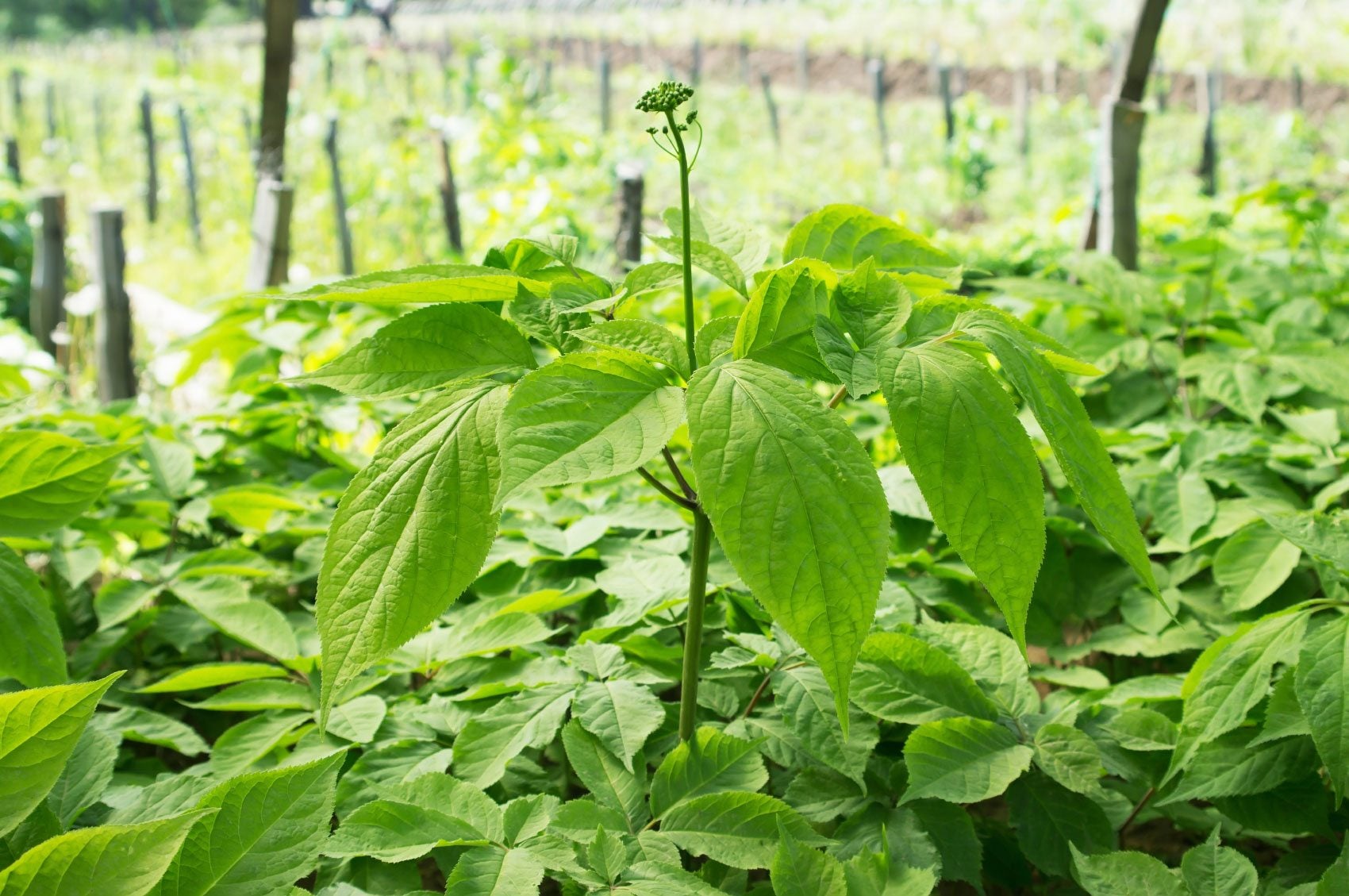

American ginseng (Panax quinquefolius), native to much of the eastern United States, is valued for its many useful properties. Unfortunately, wild ginseng has been over harvested in its natural environment and is on the threatened plant list in several states. If you have an ideal growing environment and plenty of patience, you may be able to grow your own ginseng. Plants require at least three to five years before reaching maturity.
What is Ginseng?
Ginseng is an attractive perennial herb that attains a height of only 1 to 2 inches (2.5-5 cm.) the first year. The leaf drops in autumn and a new leaf and stem appear in spring. This growth pattern continues until the plant reaches a mature height of 12 to 24 inches (31-61 cm.). Mature plants have at least three leaves, each with five oval, serrated leaflets. Clusters of greenish yellow blooms appear in midsummer, followed by bright red, winkled berries.
Ginseng Plant Uses
The fleshy roots are used in herbal medicines and natural remedies. Various studies indicate that ginseng may boost the immune system, lower blood sugar and cholesterol, and provide temporary memory improvements. While the effects haven't been widely studied, some people believe ginseng may treat a number of conditions including fatigue, heart disease, menopausal symptoms, and high blood pressure. Ginseng is also used in soaps and lotions. In Asia, ginseng is incorporated into toothpaste, gum, candy, and soft drinks.
Ginseng Growing Information
How to grow ginseng is fairly easy but locating plants may be difficult. Ginseng is usually planted by seed, which must be stratified for two years. However, you may be able to find small rootlets in greenhouses or nurseries. You can plant rhizomes from wild plants if you can find them but check first; harvesting wild ginseng is illegal in some states. Ginseng requires nearly total shade and no direct afternoon sunlight. A location near mature, deciduous trees is ideal. The goal is to mimic the plant's natural woodland environment as much as possible. The plant thrives in deep, loose soil with a high organic content and a pH of about 5.5.
Ginseng Harvesting
Dig ginseng carefully to protect the roots. Wash off excess dirt and spread the roots in a single layer on a screen. Place the roots in a warm, well-ventilated room and turn them every day. Small roots may dry in a day, but large roots can take as long as six weeks. Dried ginseng is most often used for teas. NOTE: Do not use ginseng or other plants medicinally without first consulting with an herbal specialist or other professional.
Gardening tips, videos, info and more delivered right to your inbox!
Sign up for the Gardening Know How newsletter today and receive a free copy of our e-book "How to Grow Delicious Tomatoes".

A Credentialed Garden Writer, Mary H. Dyer was with Gardening Know How in the very beginning, publishing articles as early as 2007.
-
 12 Lush Alternatives To A Lawn For Sustainable Spaces
12 Lush Alternatives To A Lawn For Sustainable SpacesAlternatives to a lawn are beautiful and also beneficial to your local ecosystem and its pollinators. Explore our top picks for plants to replace grass.
By Tonya Barnett
-
 Types Of Tomatoes Explained: Explore The Many Wonderful Shapes, Colors, Flavors, & Best Uses
Types Of Tomatoes Explained: Explore The Many Wonderful Shapes, Colors, Flavors, & Best UsesThe world of tomato varieties is vast and fascinating. Learn about the key types to grow in your garden, tailored to your preferences and space.
By Amy Grant
-
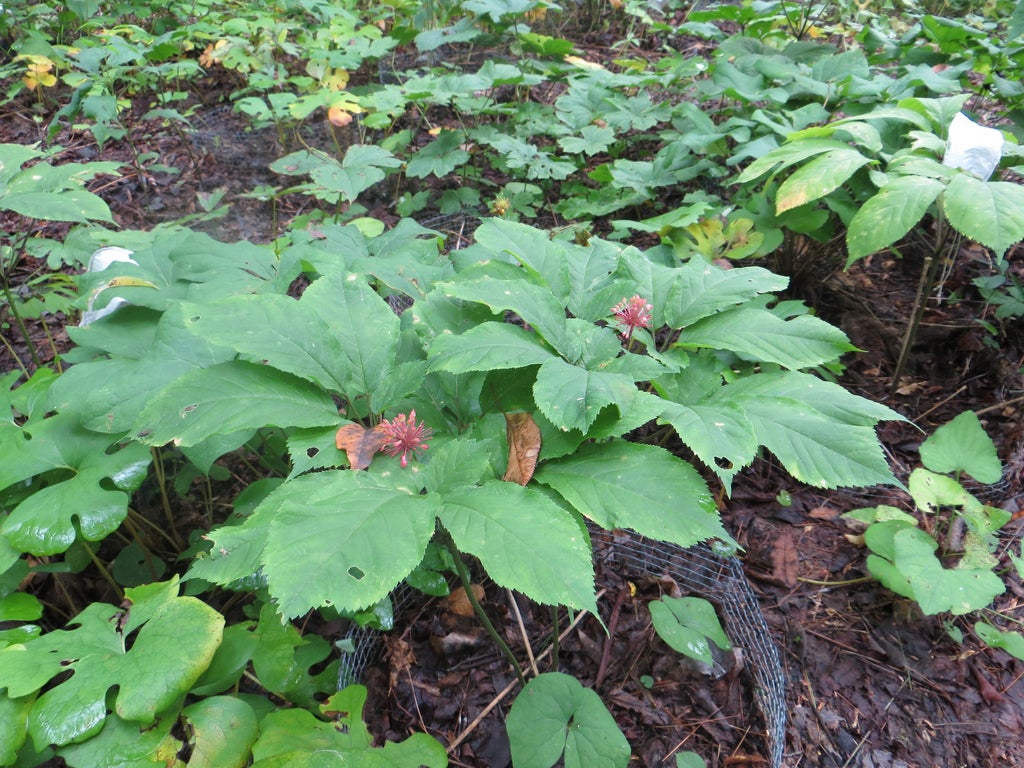 Ginseng Winter Care – What To Do With Ginseng Plants In Winter
Ginseng Winter Care – What To Do With Ginseng Plants In WinterMany people are able to produce adequate crops of ginseng root in a wide range of climatic conditions. With special consideration and the establishment of seasonal care routines, growers can maintain healthy ginseng plants for years to come. Learn about winter care here.
By Tonya Barnett
-
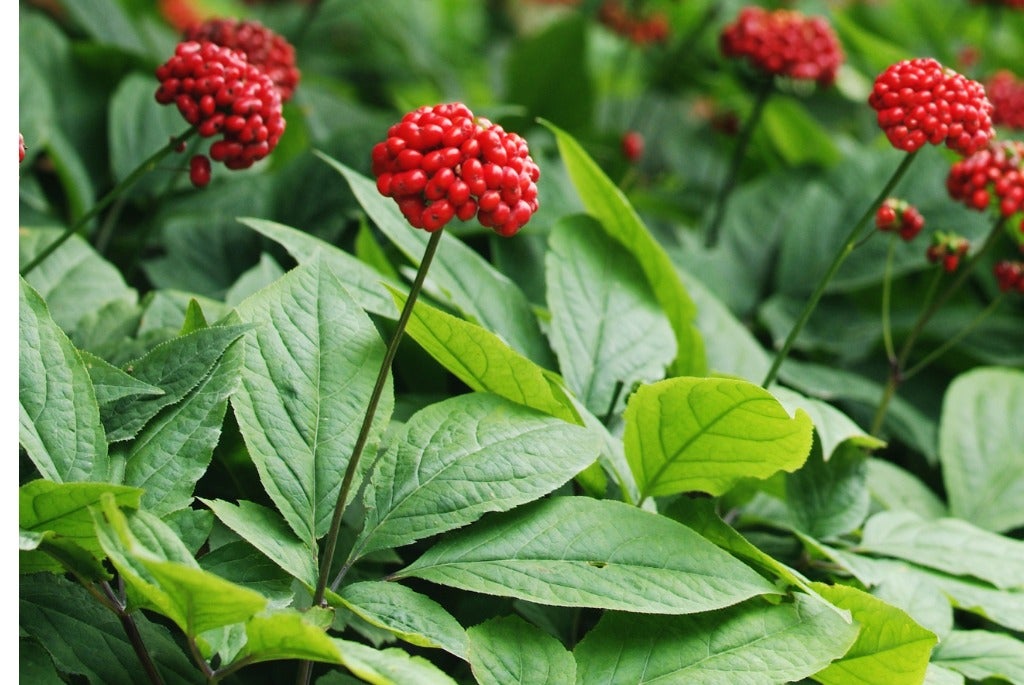 What Is Asian Ginseng – Learn How To Grow Korean Ginseng Plants
What Is Asian Ginseng – Learn How To Grow Korean Ginseng PlantsGinseng is featured prominently in a number of energy drinks, tonics and other health related products. On many of these products, the type of ginseng is called Asian or Korean ginseng root. The following article discusses how to grow Korean ginseng root.
By Amy Grant
-
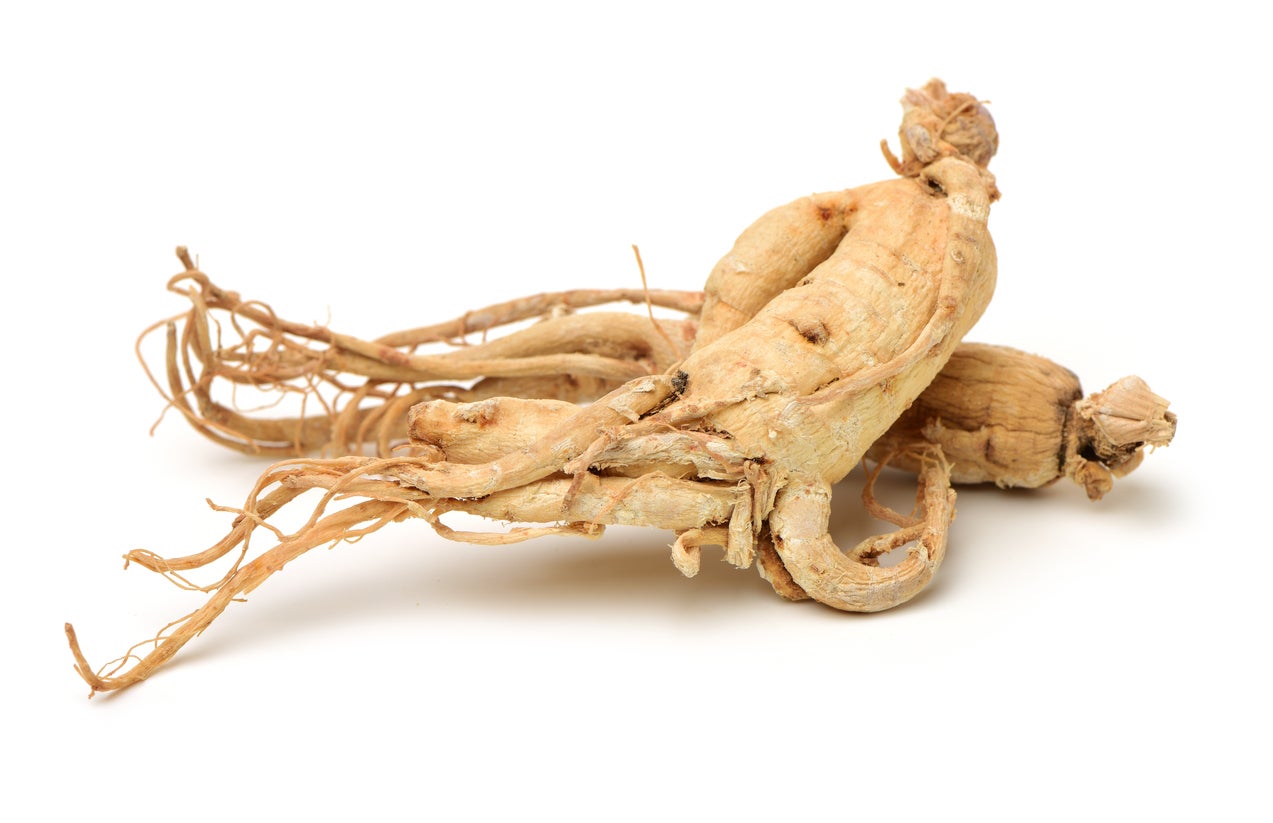 Wild Simulated Ginseng Plants: How To Grow Wild Simulated Ginseng
Wild Simulated Ginseng Plants: How To Grow Wild Simulated GinsengGinseng can command a significant price and may be an excellent opportunity for non-timber income on forest lands, which is where some enterprising growers plant ginseng. Click here to find out what wild simulated ginseng is and how to grow this plant yourself.
By Amy Grant
-
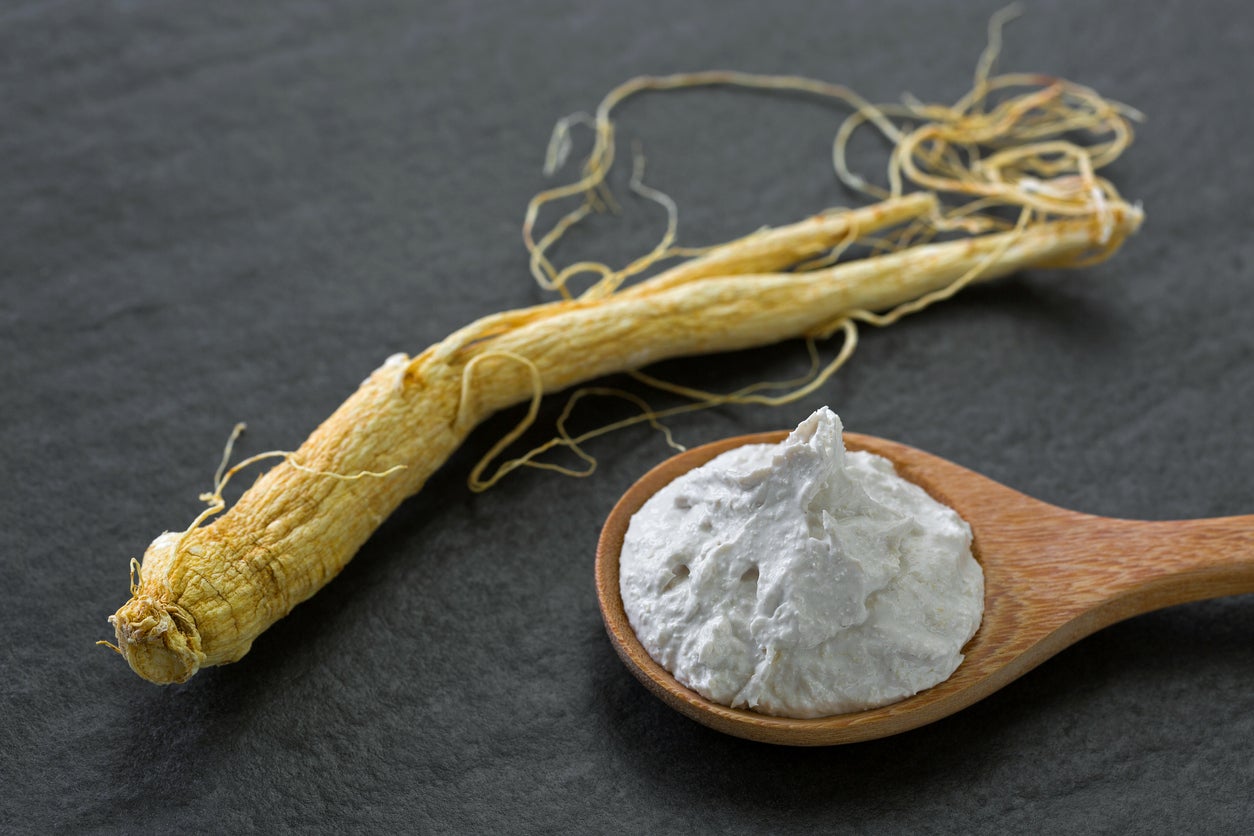 Medicinal Ginseng Remedies – Using Ginseng For Health Benefits
Medicinal Ginseng Remedies – Using Ginseng For Health BenefitsIn Asia, medicinal ginseng dates back several centuries. In North America, herbal ginseng use dates back to the early settlers, who used the plant to treat a number of conditions. Is ginseng good for you? What do medical experts say about using ginseng for health? Find out here.
By Mary H. Dyer
-
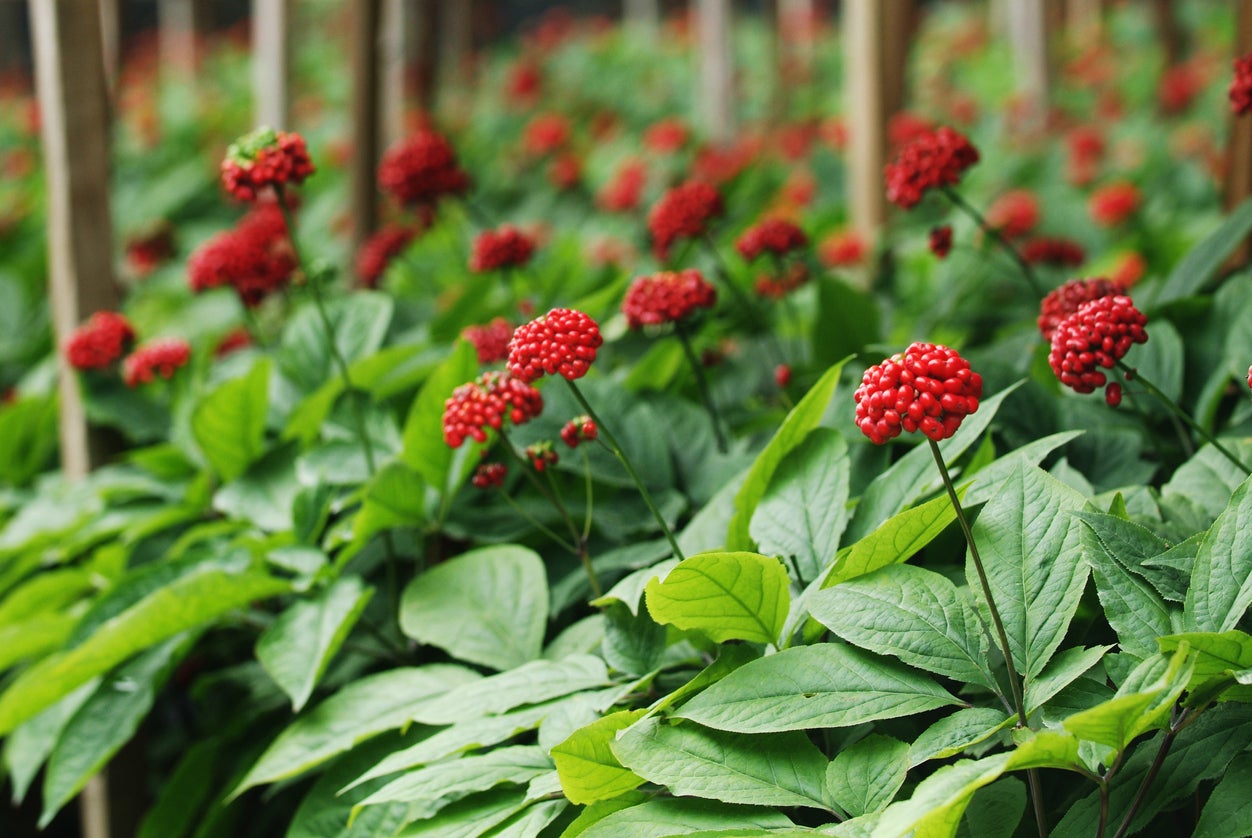 Ailing Ginseng Plants – Identifying Common Ginseng Problems
Ailing Ginseng Plants – Identifying Common Ginseng ProblemsGinseng is a great plant to grow because you can enjoy a lot of potential health benefits from using the medicinal root. Unfortunately, there are a lot of ginseng problems you may encounter in the garden, as this is not the easiest plant to grow. Learn more here.
By Mary Ellen Ellis
-
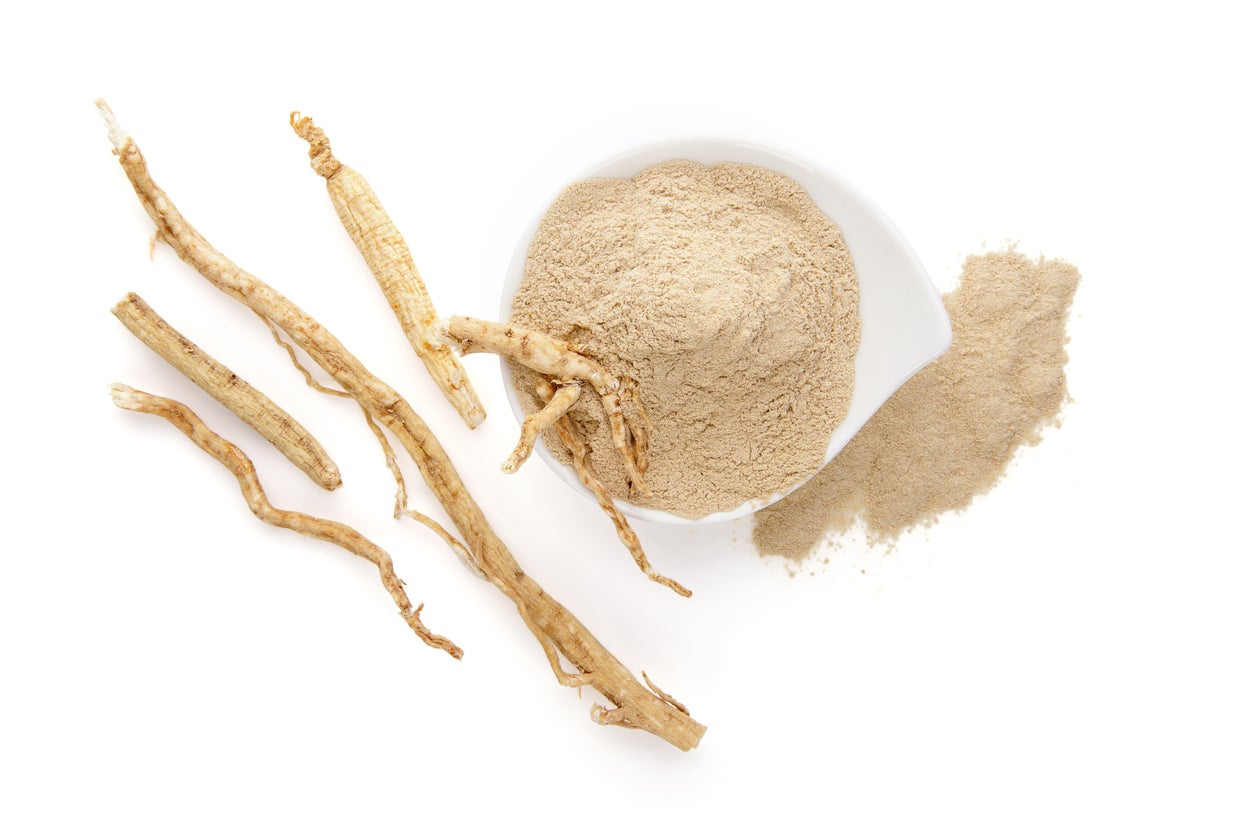 Dried Ginseng Root: Learn How To Store Ginseng Plants
Dried Ginseng Root: Learn How To Store Ginseng PlantsGrowing ginseng as an alternative crop is increasing in popularity, but it does take some commitment and it is necessary to learn how to dry ginseng root properly and store for later use. The information in this article can help with that.
By Amy Grant
-
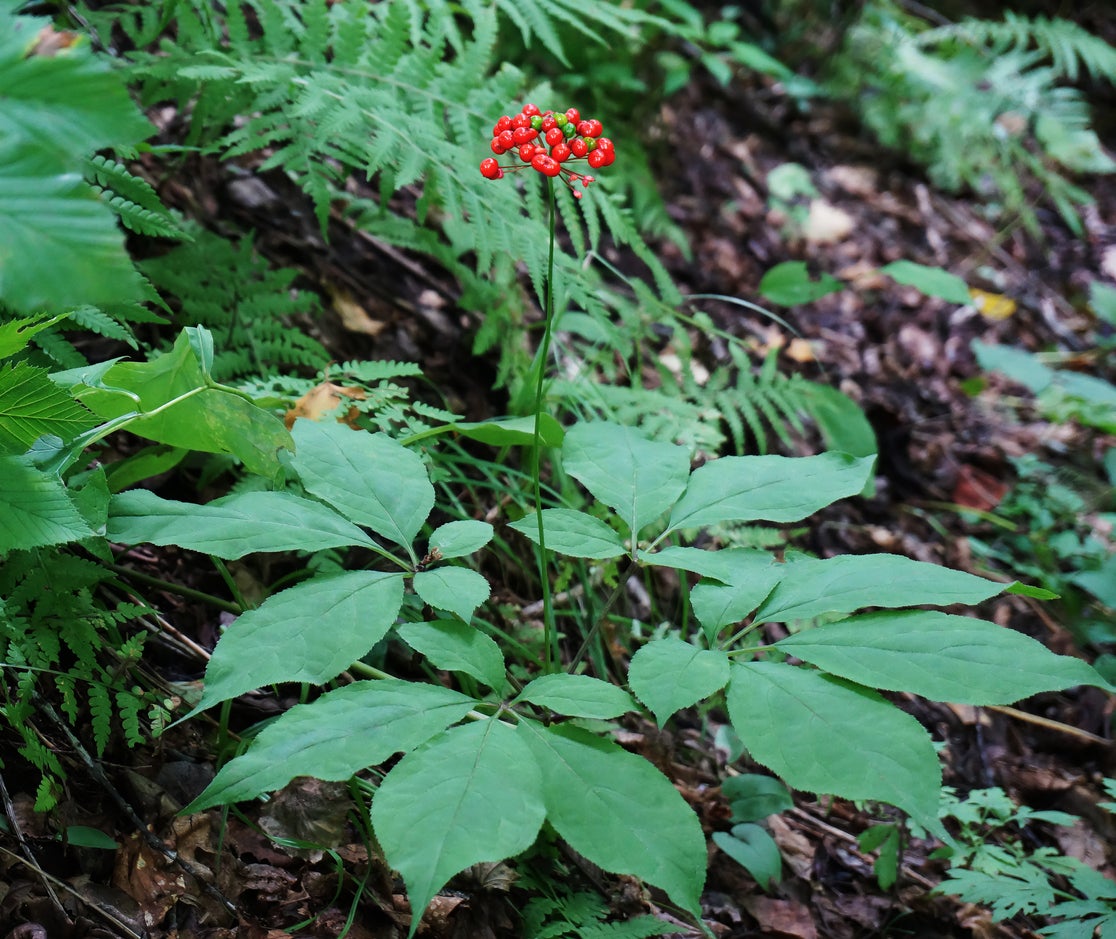 Potted Ginseng Care: Can You Grow Ginseng In Containers
Potted Ginseng Care: Can You Grow Ginseng In ContainersGinseng prefers to grow outdoors, either in beds or in pots. If you have questions about growing ginseng in containers, click here. We’ll give you information about potted ginseng including tips to help container-grown ginseng thrive.
By Teo Spengler
-
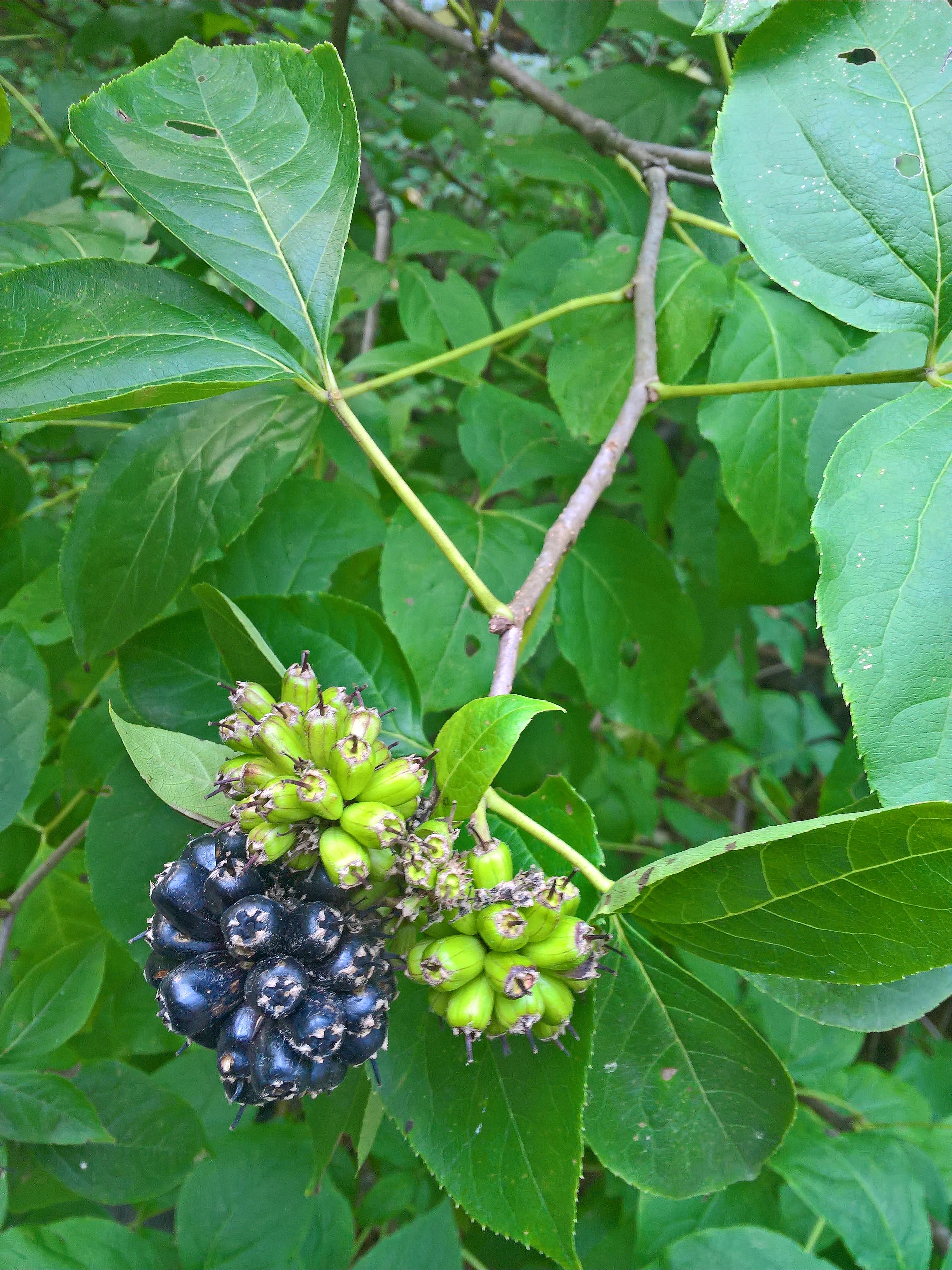 Varieties Of Ginseng For The Home Gardener
Varieties Of Ginseng For The Home GardenerThere are several types of ginseng on the market today, including a few varieties of “ginseng” that are similar in many ways, but aren’t actually a true ginseng. Click on the following article to learn more about different types of ginseng.
By Mary H. Dyer